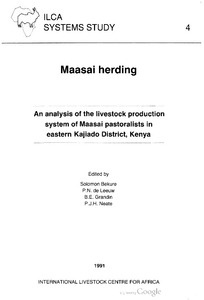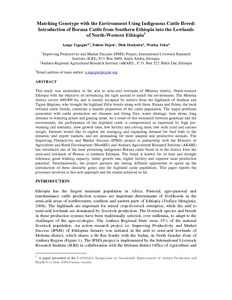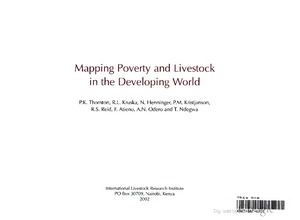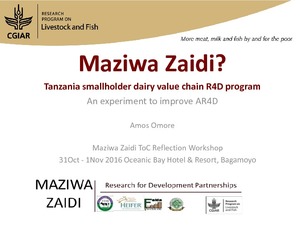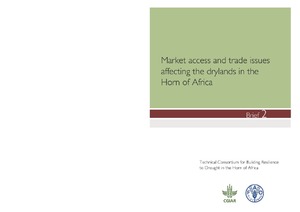Managing Semi-Arid Rangelands for Carbon Storage: Grazing and Woody Encroachment Effects on Soil Carbon and Nitrogen
High grazing intensity and wide-spread woody encroachment may strongly alter soil carbon (C) and nitrogen (N) pools. However, the direction and quantity of these changes have rarely been quantified in East African savanna ecosystem. As shifts in soil C and N pools might further potentially influence climate change mitigation, we quantified and compared soil organic carbon (SOC) and total soil nitrogen (TSN) content in enclosures and communal grazing lands across varying woody cover i.e. woody encroachment levels.



